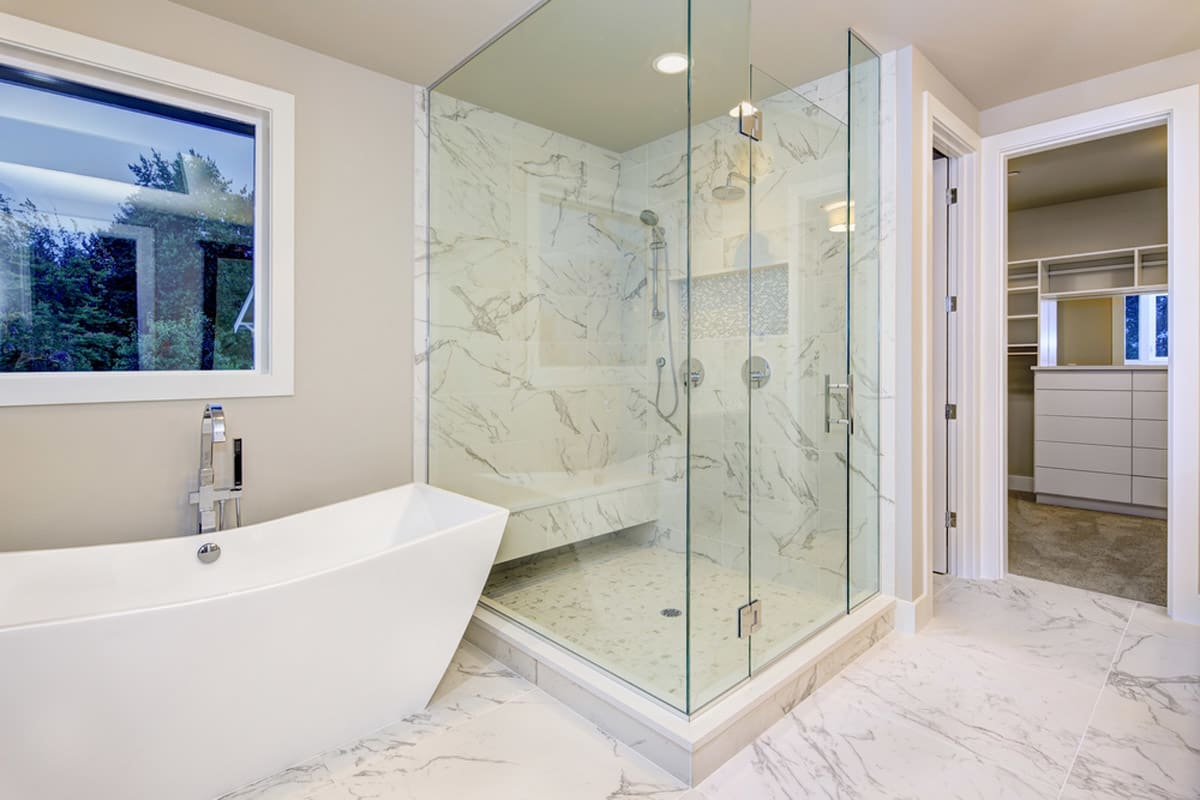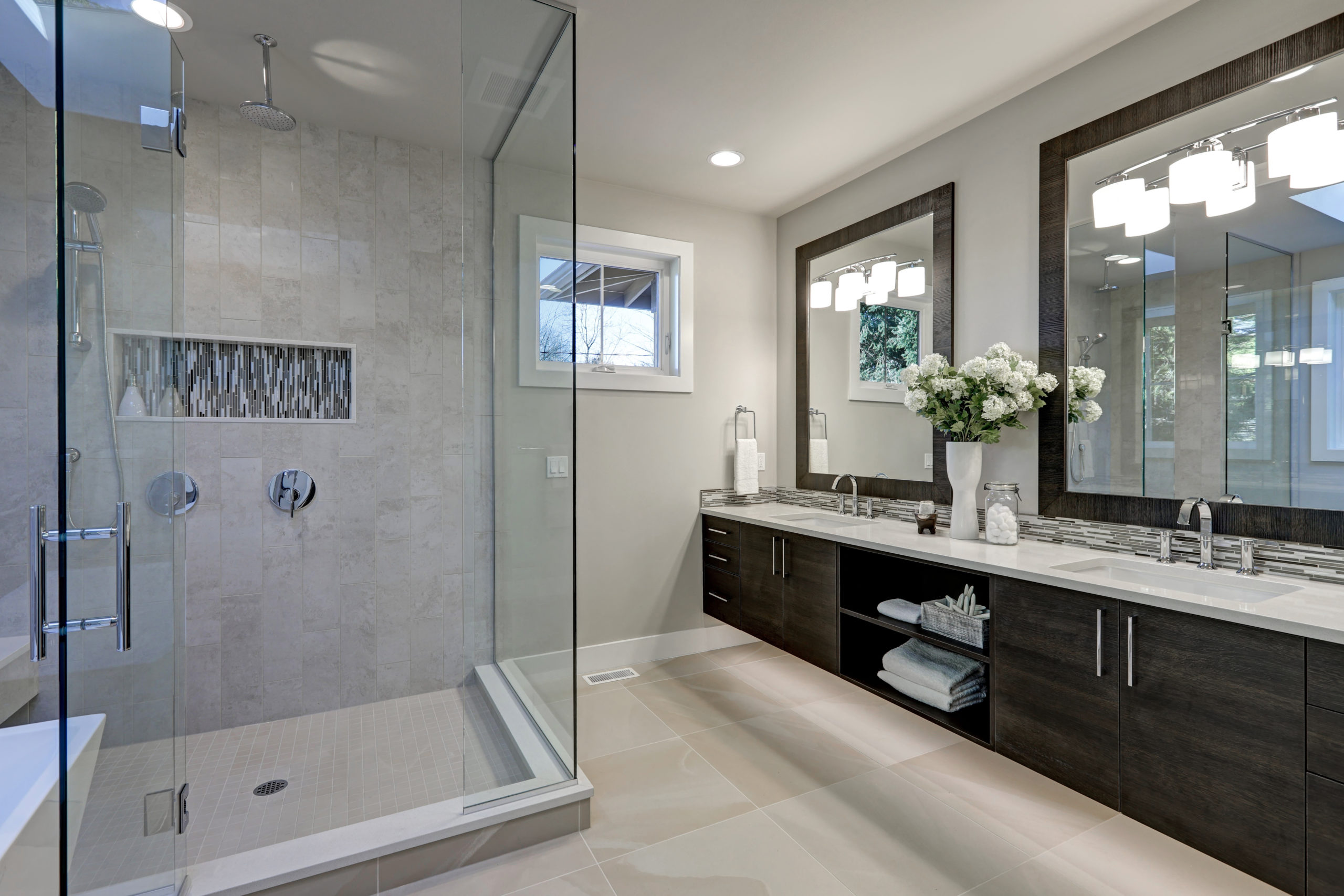Newbie Guide to Installing a New Shower Unit
Newbie Guide to Installing a New Shower Unit
Blog Article
We have stumbled upon this article pertaining to Simple ways to Install a Shower Cubicle on Your Own listed below on the net and accepted it made perfect sense to write about it with you on this page.

An effective shower installment calls for mindful preparation and also a lot of job. In many cases, you will require to do 3 types of jobs: framing wall surfaces, setting up the plumbing, and also finishing walls.
Preparation
Firstly, you have to choose the sort of shower that you wish to install. It is important to identify whether the picked shower is capable of coping with specific systems and can manage a safe degree of water through the central heating boiler. Many shower units nowadays are made to be flexible to various water pressures (such as stored warm water and also chilly keys).
It is likewise important to consider the water pressure and also the planning of the piping and drain for the shower
Various Types of Shower Units
Method
Depending on the type of shower you wish to mount, the shower head need to either be suited order to prevent its contact with the water in the bathroom below or the base tray, or it should have a check valve.
Prior to beginning, it is recommended to mark the settings of the shower head as well as control, and also to prepare the pipe-work involved. Furthermore, the drainage system to eliminate the waste water will need to be prepared. Both settings of the cable route and also the shower switch will likewise require to be considered if an instantaneous or electric shower device is being mounted.
Make use of the direction overview offered with the shower device to fit the shower control.Before fitting the pipes that will provide the water to the shower system, it is very important to cut off the water. In order to safeguard the pipelines, they ought to be offered a waterproof covering and also fitted with separating valves. The pipelines can then be buried right into the wall and also glued over to neaten the general appearance.
Fit the base tray, shower head, and fittings.
Attach the primary shower control to the pipelines that will be supplying the water (This might need a female screw string adapter).
Reconnect the water system as well as examination the pipes for any kind of leaks, as some might need tightening.
If you are setting up an electric shower, keep in mind to switch off the electricity supply before making any electric links. When these links have actually been made (there should be advice within the instruction manual), the power supply can be switched back on.
Readjusting Water Stress to Suit Your Shower
The cold water tank can be raised to a better height (sometimes as little as 150mm (6inches)) by fitting a solid wooden support below it - potentially made up of struts and also blockboards. If you pick this option, the primary as well as circulation pipelines will also need to be increased to meet the brand-new elevation of the tank.
Additionally, a booster pump (a single pump or a dual/twin pump) can be fitted. Whichever type is picked, it needs to be connected into the power supply in order to run.
Piping and also Water drainage
It is best to use 15mm size supply pipelines, as well as make the runs to the shower as brief and straight as feasible so as to maintain maximum pressure and also reduce warm loss. Furthermore, by minimising the use of elbow joints for pipeline corners, you can decrease the resistance in the flow of the water. You can accomplish this by bending the pipelines rather.
Most Typical Blunders
How Do You Install a Shower? Follow This Guide
Installing a Shower at a Glance
Tools & Materials: Level, electric drill, caulk, hole saw, cedar shims, shower unit Step 1: Drill pilot holes Step 2: Prep fixture holes Step 3: Move unit into place Step 4: Caulk corners and base Step 5: Attach door Step 6: Install shower pan Whenever plumbing is involved in a DIY project, people worry about what might go wrong. The truth is that installing a shower isn’t that complicated, and you can save a lot of money by doing it yourself. You shouldn’t need to make any alterations to your plumbing to complete the job, and most of the tools you need will be provided in your new shower kit.
Can I Install a Shower Myself?
Even if you’ve never installed a shower before, you’ll find this to be a project that is perfectly suited for DIYers with a moderate level of experience. Whether you're doing a bathtub conversion or installing a new stall, most of what you need comes in shower kits that you can purchase from a hardware store. The first thing you need to do is determine what type of shower stall you want.
Single-panel stalls are the easiest to install because they come preassembled. All you need to do is put them in place. Multi-panel showers require a few additional steps, but you’ve got more control over the appearance of your unit. Multi-panel units are also much easier to handle if you’re going to do the installation without any help.
Be sure to take all appropriate safety precautions, such as wearing eye protection and gloves. When you’re removing or installing a shower unit, you might kick up debris that could hurt your eyes. You’ll also need to work with equipment that will get extremely hot, so be sure to have safety gloves handy.
Tools and Materials
2- to 4-foot level Electric drill with a 1/8-inch drill bit Caulk 2-inch hole saw Cedar shims The unit itself Before You Begin: Prep the Space
It’s highly important to measure your space accurately before putting the stall in. Measuring from the floor upward and from each corner outward will ensure you’ve got the right measurements. What you’re looking for is where the plumbing apparatuses are going to come through the stall. Transfer these measurements over to the back of your unit by drawing the locations of these holes using a pencil or marker.
Pull out your old shower and make sure to scrape off all the old caulking. Be thorough because you want to work with smooth surfaces for the best installation. Once you’ve pulled out your existing shower, you need to make sure that the floor is clean and dry. The best way to clean debris is with a shop vacuum, as it’ll soak up water and dirt together.
If you’re experiencing any plumbing issues, such as low water pressure, this is a perfect opportunity to solve them. Make sure that the pipes themselves are not in need of patching and clean your showerhead. When you turn the water back on after your project, check the pipes for signs of wear or disrepair. Anything beyond minor repairs should be handled by a plumber, and this is the best time to bring in a professional.
If the floor has any moisture at all, don’t proceed until it’s completely dry. The last thing you need is for the floor to rot or invite mold and mildew into your base. Once everything is dry, apply waterproof wallboard to the walls. This can be attached with screws or nails, then sealed with caulk so that water doesn’t seep into any crevices.

I'm just very fascinated with Simple ways to Install a Shower Cubicle on Your Own and I am assuming you appreciated my post. Enjoyed our review? Please share it. Let another person discover it. Thank you for your time invested reading it.
Book Your Service Report this page